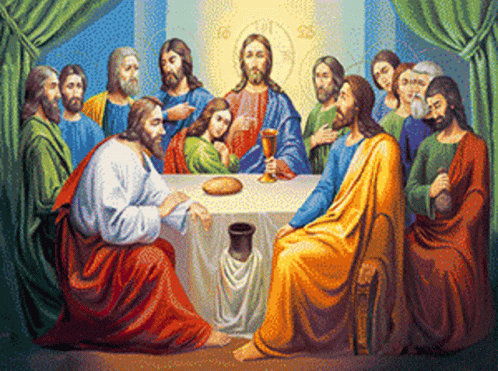In the realm of science, there are few phenomena as puzzling and captivating as quantum entanglement. This mind-bending concept, born from the world of quantum physics, challenges our fundamental understanding of reality. In this blog post, we’ll delve into the intriguing world of quantum entanglement, exploring its history, principles, and some of the mind-boggling experiments that have left even the brightest minds in science.

The Genesis of Quantum Entanglement
Quantum entanglement made its debut in the early 20th century, thanks to the groundbreaking work of physicists like Albert Einstein, Niels Bohr, and Erwin Schrödinger. It emerged as a consequence of quantum mechanics, a theory that describes the behavior of matter and energy at the smallest scales.

The Basic Idea
At its core, quantum entanglement involves pairs of particles—like electrons or photons—that become connected in such a way that the properties of one particle are instantaneously linked to the properties of the other, regardless of the distance separating them. This connection is so profound that it seems to defy the rules of classical physics.
Einstein famously referred to this phenomenon as “spooky action at a distance,” expressing his skepticism about the implications of entanglement. Nevertheless, experimental evidence has consistently supported the existence of entangled particles and their seemingly magical connection.

The Einstein-Podolsky-Rosen Paradox
In 1935, Albert Einstein, along with collaborators Boris Podolsky and Nathan Rosen, formulated a thought experiment known as the EPR paradox. They aimed to demonstrate what they perceived as a flaw in quantum mechanics through entanglement. Their paradox highlighted the apparent impossibility of simultaneously measuring certain properties of entangled particles with absolute precision.
Entanglement Experiments
Over the decades, scientists have devised ingenious experiments to test the predictions of quantum entanglement. One famous example is the Aspect experiment conducted in the 1980s, which provided strong evidence for the non-classical correlations between entangled particles. These experiments have reinforced the strange reality of quantum entanglement, solidifying its place in the annals of physics.

Applications and Implications:
Quantum entanglement isn’t just an esoteric curiosity; it has practical implications too. Researchers are exploring its potential use in quantum computing, quantum cryptography, and even teleportation of quantum states. These applications have the potential to revolutionize technology in ways we can scarcely imagine.
Conclusion:
The world of quantum entanglement is a realm of astonishing paradoxes and boundless possibilities. It challenges our conventional understanding of space, time, and causality. As science continues to unravel the mysteries of this phenomenon, we can only wonder what other surprises the quantum realm holds for us. Quantum entanglement reminds us that the universe is far more mysterious and wondrous than we can ever comprehend fully, and it invites us to explore the frontiers of human knowledge.
Resources
- “Quantum Enigma: Physics Encounters Consciousness” by Bruce Rosenblum and Fred Kuttner.
- “Entanglement: The Greatest Mystery in Physics” by Amir D. Aczel.
- “The Trouble with Physics: The Rise of String Theory, the Fall of a Science, and What Comes Next” by Le
- Aspect, A., Dalibard, J., & Roger, G. (1982). Experimental Test of Bell’s Inequalities Using Time‐Varying Analyzers. Physical Review Letters, 49(25), 1804-1807.
- Bennett, C. H., Brassard, G., Crépeau, C., Jozsa, R., Peres, A., & Wootters, W. K. (1993). Teleporting an Unknown Quantum State via Dual Classical and Einstein-Podolsky-Rosen Channels. Physical Review Letters, 70(13), 1895-1899.



Leave a comment